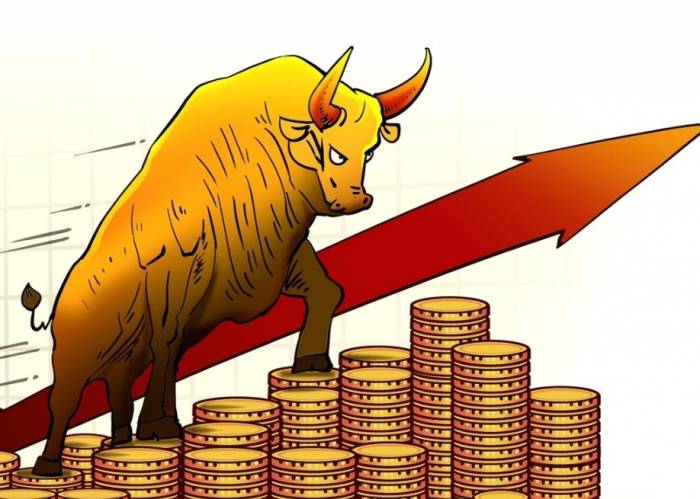Winter's Chill: Europe's Energy Woes Return
As Europe grapples with escalating tensions in Ukraine and the resulting impact on energy supplies, the continent is on the brink of a significant energy crisis. Recent reports indicate that the rapid depletion of natural gas reserves coupled with expected reductions in Russian supply could lead to an unprecedented surge in energy costs for European consumers this winter.
Amidst these turbulent times, natural gas prices in Europe have skyrocketed to their highest levels in two years. Specifically, the Dutch TTF benchmark gas price reached $14.97 per million British thermal units (BTUs) on November 22. This spike reflects a broader trend of climbing energy costs that have surged approximately 45% since the beginning of the year, driven primarily by the ongoing conflict and geopolitical instability in Ukraine.
The situation has been exacerbated by unseasonably cold weather and low wind conditions, which have strained gas storage facilities across the continent. Current forecasts suggest that temperatures in Europe will largely remain below the averages seen in the past two years. As a result, gas storage facilities are being depleted at an alarming rate, raising concerns about the availability of sufficient fuel to weather the harsh winter months ahead.
Additionally, the intertwining geopolitics involving the United States and Russia is seen as a critical factor contributing to the volatility of energy prices across Europe. On November 16, for instance, Russian energy giant Gazprom ceased gas delivery to Austria, further amplifying uncertainties surrounding supply. Compounding the challenge, a key transit agreement allowing Russian gas to flow through Ukraine is set to expire at the beginning of 2025, potentially removing half of the remaining pipeline gas exports from Russia to the EU at a time of heightened demand.
Advertisement
Experts have indicated that the fragile energy supply chain in Europe is already facing significant risks. A gas contracting negotiator noted in an interview that while storage facilities are filled to the brim and capable of meeting standard winter consumption levels, any slight disruption in fuel supply could lead to a crisis. This scenario underscores the precariousness of the energy landscape in Europe, where gas prices could skyrocket even further in response to any interruptions.
Looking toward the future, analysts such as Arne Lohmann Rasmussen from Copenhagen Global Risk Management pointed out parallels between this winter and the tumultuous scenarios seen in 2022, when the EU was willing to purchase gas at almost any cost. Moreover, there’s an impending challenge for the bloc as Asian markets recover and demand for liquefied natural gas (LNG) surges, possibly leading to some adversities for Europe.
In Germany, many manufacturing plants have already begun to curtail operations or shut down altogether due to exorbitant energy costs. As Ole Hansen, the head of commodity strategy at Saxo Bank, remarked, economies, especially those led by energy-intensive industries such as Germany, are set to bear the brunt of these adverse conditions. This situation adds further strain to an already troubled manufacturing sector, complicating the economic landscape for Germany.
The European strategy to diversify energy sources by increasingly adopting liquefied natural gas imports from the United States as a response to the embargo on Russian oil and gas has resulted in soaring energy prices. Despite the EU's attempts to pivot away from reliance on Russian fossil fuels, statistics illustrate that the policies have not completely eliminated this dependence. Recent reports from the Bruegel Institute in Belgium indicate that for the first time in nearly two years, Russia surpassed the United States to become the EU's second-largest supplier of natural gas in the second quarter of this year.
As Europe prepares for winter, observers have noted that while an immediate energy crisis may not be on the horizon, the EU must remain vigilant and proactive in assuring the security of its energy supply. Political dynamics, particularly the potential implications of a Donald Trump-led administration that might leverage LNG exports as a bargaining chip, could add layers of complexity to energy security considerations. The fluctuating prices of LNG remain a pivotal issue for Europe’s energy stability and industrial competitiveness, making it a topic that requires urgent attention.
Ultimately, the recent energy turmoil has exposed possible vulnerabilities within the European energy policy framework. As energy costs skyrocket and the market remains tight, analysts argue that now is a critical time for the EU to initiate a strategic overhaul of its energy and climate policies. Such reforms aim to ensure that Europe achieves its climate ambitions while simultaneously maintaining its position in the global competitiveness arena.
The road ahead for Europe is fraught with uncertainty, but by focusing on sustainable solutions and a diversified energy strategy, there may be hope for navigating the rough waters of the present energy landscape.

Post Comment